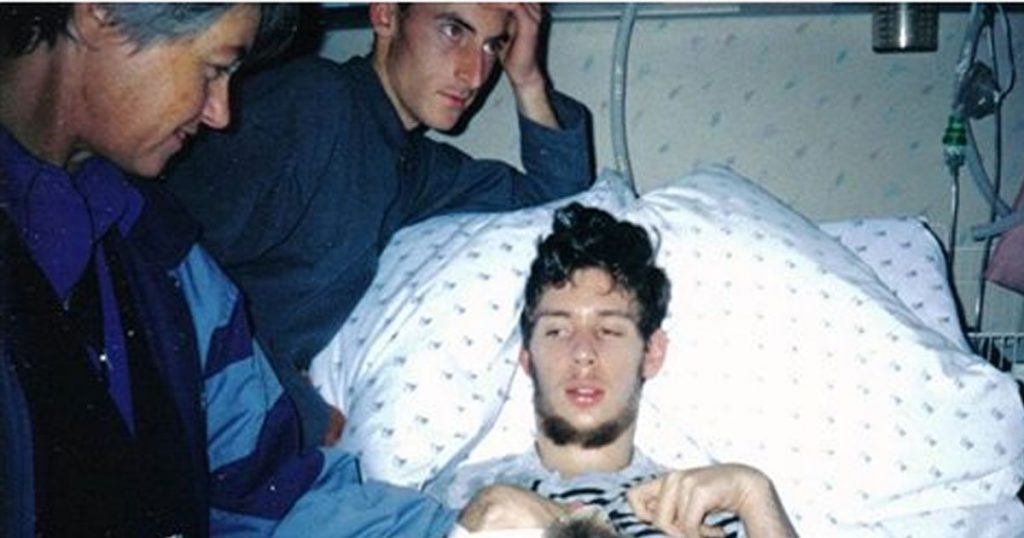Considering most people urinate between six and eight times a day, it’s safe to say that we’re all pretty familiar with the yellow (hopefully) stuff that comes out of our bodies.
Sure, we all know that urine is water carrying waste products that regularly exits our bodies. However, there are a surprising number of things you might not have known about the good old number one.
Here are 16 golden facts you never thought you’d be interested to know about bathroom emergency number one.
1. The average adult produces around 6.3 cups of urine in a 24 hour period with a normal fluid intake of 2 liters per day. The bladder itself can hold about 2.5 cups of urine at a time from two to five hours. However, the urge to urinate generally occurs when your bladder has about a cup full.

2. Urine can whiten your teeth. Ancient Romans would often use urine to rinse their mouths for whiter teeth. The ammonia in urine, especially when left out too long, can easily remove stains.

3. Drinking urine won’t hydrate you. While the thought of urine probably doesn’t make you thirsty, many people would consider resorting to drinking their urine if stranded in the desert. The US Army Field Manual strictly advises against this because the salt content will actually make you more dehydrated.

4. Shy Bladder Syndrome is a real phobia called Paruresis. People who suffer from this phobia are unable to urinate in the real or imaginary presence of others in places like public restrooms. The International Paruresis Association states that about 21 million Americans suffer from this social anxiety disorder.
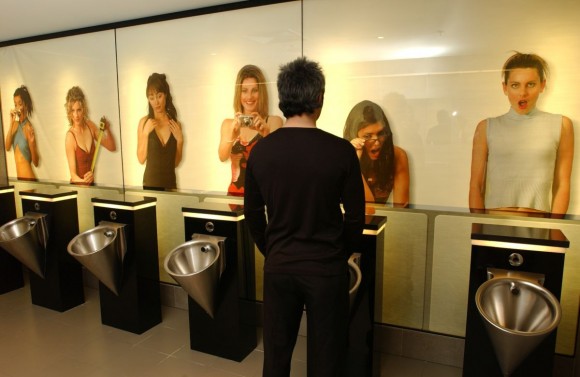
5. Regardless of bladder size, David Hu’s research concluded that it takes all mammals about 21 seconds to empty their bladders of urine. However, the World Record for the longest urination time is 508 seconds, which is just over 8 minutes!
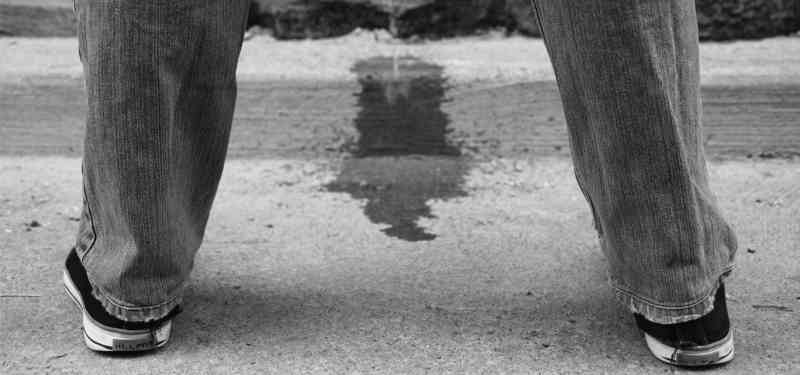
6. Urine is 95% water. 2.5% urea and a 2.5% combination of salt, hormones, nutrients, and creatine that makes up the rest of the urine.
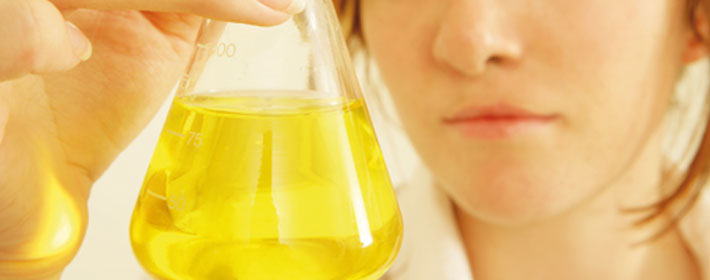
7. As men age, their stream gets weaker due to their prostate getting larger. While this isn’t an issue for women, their stream can also get weaker with age due to the bladder and urethra liner becoming less supple.

8. The color of your urination can be a window into your health. The color chart below shows what urine colors are normal and which ones you should be wary of.

9. It’s common knowledge that urine is sterile, however, that’s only completely true when it’s still in the bladder. As soon as urine leaves your body, it can pick up bacteria from the urethra and air.

10. For men, sitting down to urinate can actually help ward off prostate problems. Researchers at the Leiden University Medical Centre in the Netherlands discovered that men suffering from Lower Urinary Tract disease found sitting down to help with symptoms because it creates a more “favorable urodynamic profile.”
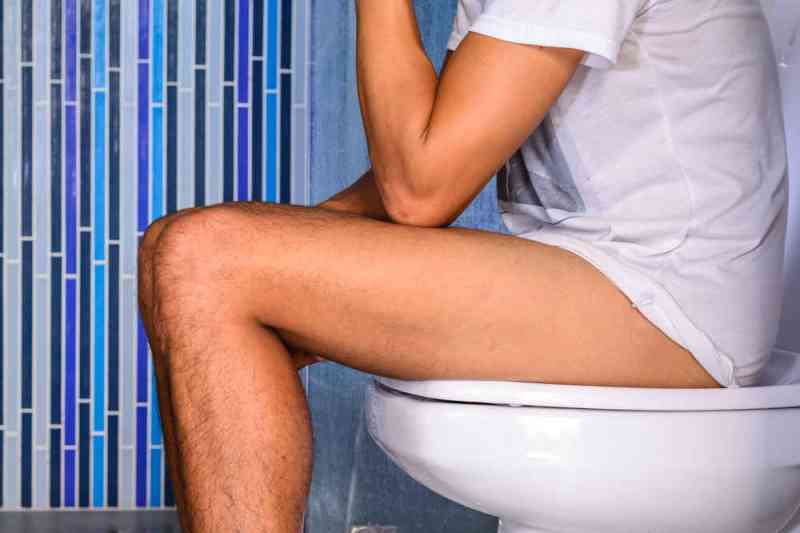
11. Urine won’t heal a jellyfish sting. While it’s a popular myth, urine can actually aggravate the jellyfish’s stingers, which can result in it releasing more venom. Instead, opt for rinsing the burn in hot water and apply a local anesthetic.
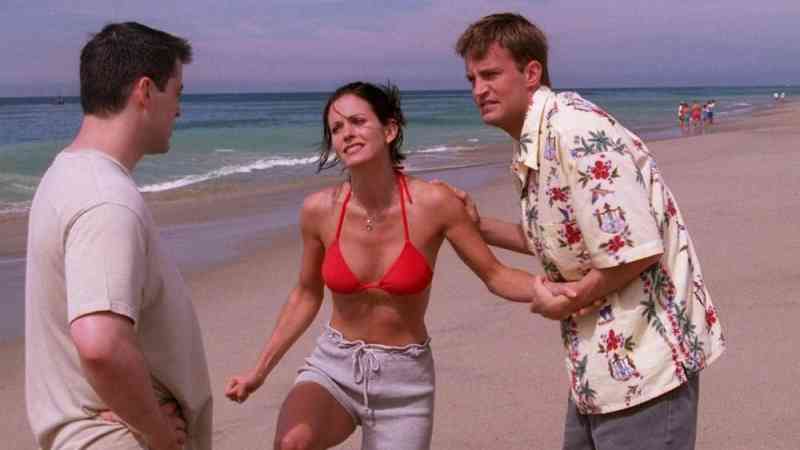
12. You have to urinate more as you age. Due to men naturally making less testosterone as they age and women making less estrogen, the need to urinate more frequently is unavoidable.

13. Certain foods can give urine an odor. Asparagus may be the most famous example of this, but it’s reported that only 20% of people have the gene that allows them to smell it.
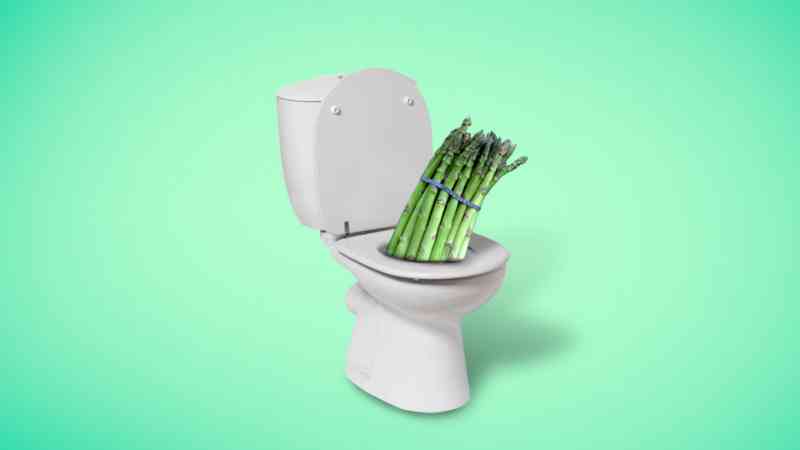
14. Urine was once used to make gas masks. Prior to gas masks, troops were advised to hold a urine soaked rag over their faces during World War I when chlorine gas was being used.
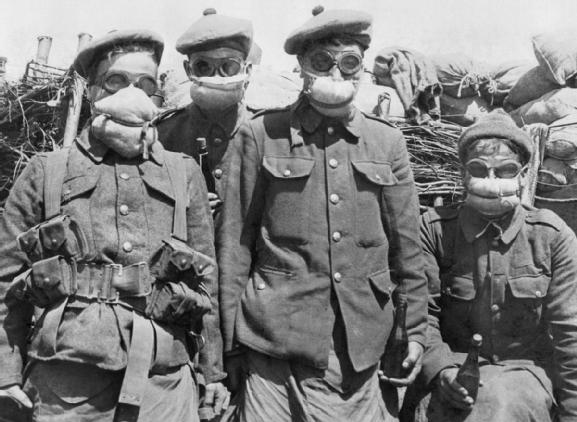
15. According to a survey conducted by the Water Quality and Health Council, one in five adults urinates in swimming pools. Time to stop blaming the kids!
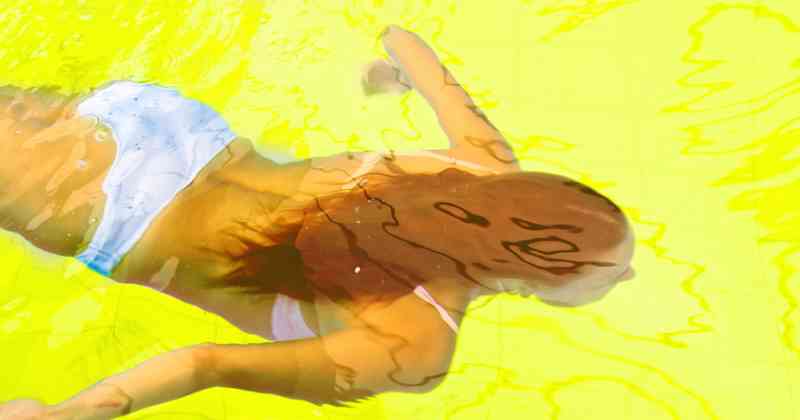
16. There is urine on the moon. The lunar surface is home to 400,000 pounds of materials made by humans. Amongst the trash, there are 96 bags of urine, feces, and vomit from moon landings.

